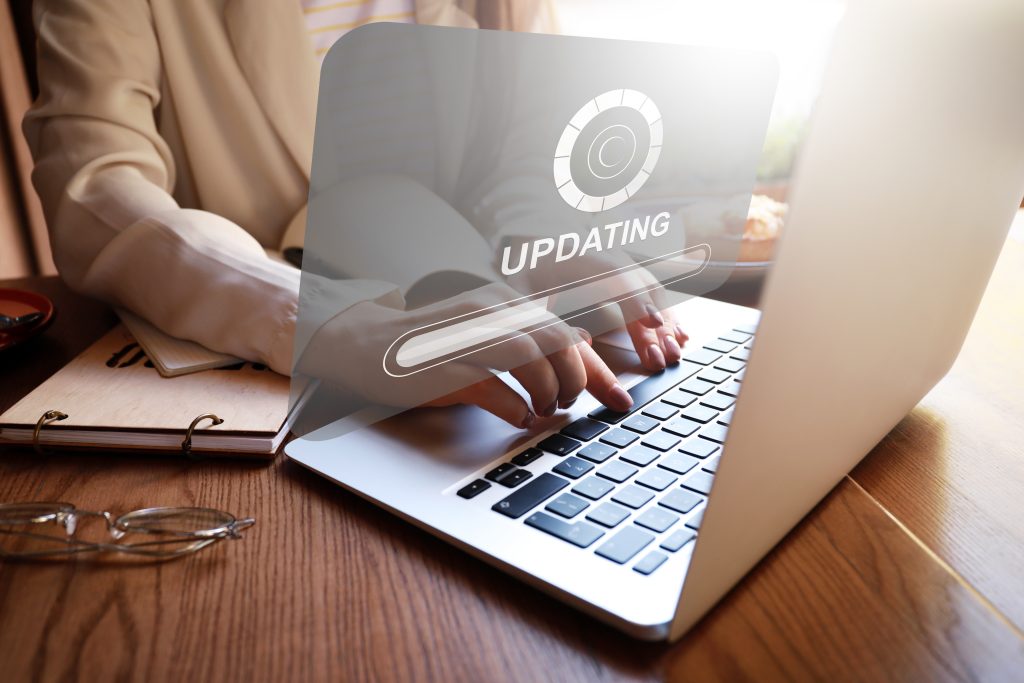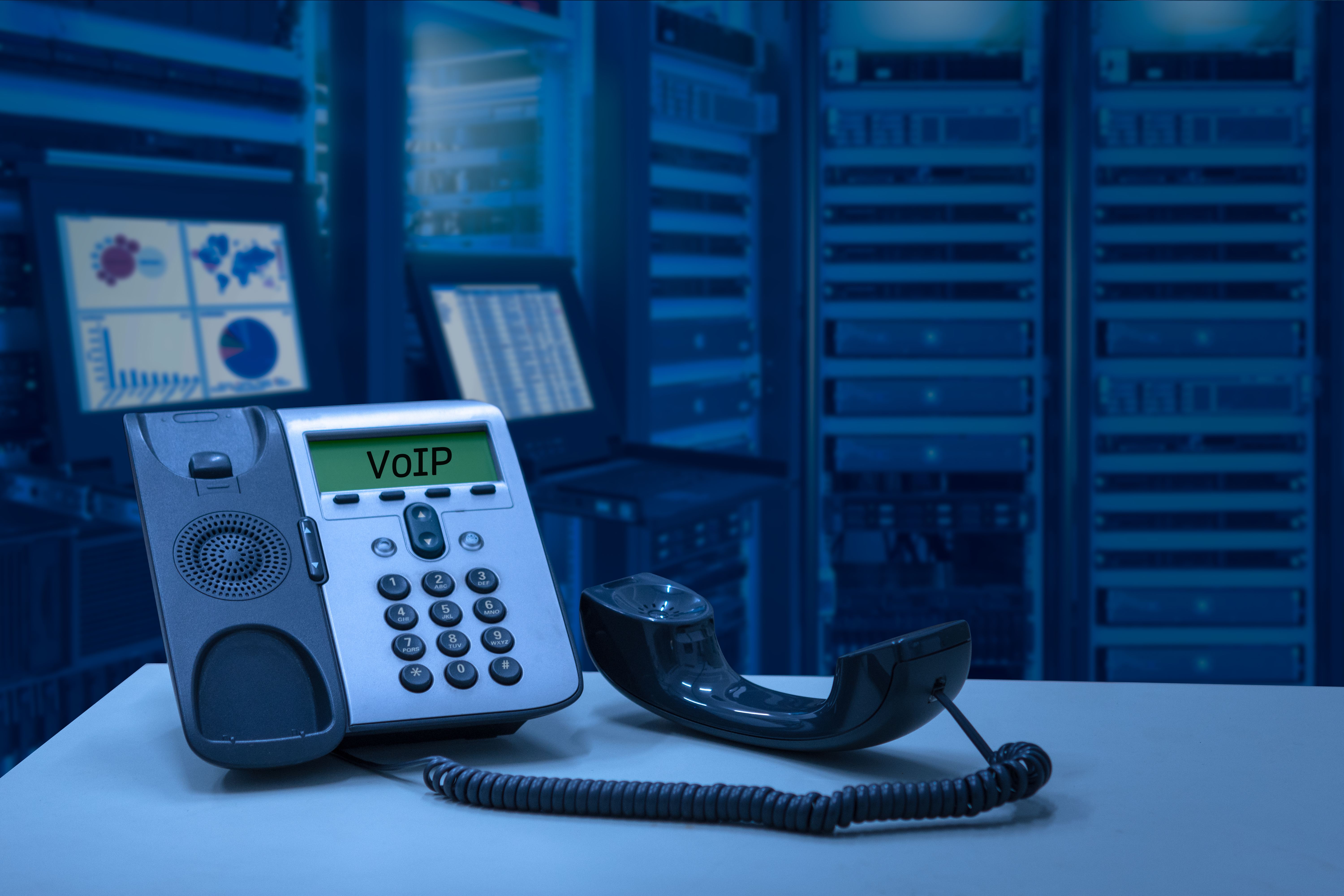Understanding the Problem with Legacy Software
Many businesses rely on software that has been around for years, even decades. While legacy systems may still “get the job done,” they often come with hidden costs that can hinder growth, reduce efficiency, and create security vulnerabilities. As technology evolves, older software struggles to keep pace, leaving businesses exposed to risks they may not even realize.
For small and medium-sized enterprises (SMEs) in particular, legacy systems can create bottlenecks that slow down day-to-day operations, making it difficult to respond quickly to market changes or client demands. Managed Service Providers (MSPs) play a crucial role in identifying these challenges and providing solutions that modernize business operations while minimizing disruption.
The Hidden Costs of Legacy Software
Legacy software can seem like a safe choice because it’s familiar and already integrated into workflows. However, several hidden costs often outweigh the perceived benefits:
Security Vulnerabilities and Compliance Risks
Older software often no longer receives updates or security patches from the vendor. This creates a prime target for cyberattacks, malware, and ransomware. For businesses in regulated industries, legacy systems can also make compliance difficult, exposing organizations to fines or legal action.
Decreased Productivity
Legacy systems are rarely optimized for today’s collaborative, remote-first work environment. Slow performance, limited integration capabilities, and cumbersome workflows force employees to spend more time on manual processes, reducing overall productivity.
Compatibility Issues
As businesses adopt new tools—cloud applications, mobile platforms, or advanced analytics solutions—legacy software can become a bottleneck. Older systems may not integrate properly with modern tools, creating fragmented workflows and frustrating employees.
Signs Your Business Software Needs an Upgrade
Not every outdated system is immediately obvious, but certain signs indicate it’s time for modernization. These include:
- Frequent Crashes or Downtime: Older software may become unstable over time, causing interruptions that impact employees and customers alike.
- High IT Support Volume: Recurring tickets for the same software issues often indicate underlying systemic problems.
- Incompatibility with New Tools: If your team struggles to integrate modern solutions, it may be due to limitations in legacy software.
- Limited Vendor Support: If the software vendor no longer offers updates or support, maintaining the system becomes risky.
Recognizing these warning signs early allows businesses to take proactive steps, rather than waiting for a critical failure.
How MSPs Help Modernize Your Software
Managed Service Providers are uniquely positioned to guide businesses through the modernization process. MSPs don’t just fix technical problems—they act as strategic partners to ensure that technology supports business goals. Here’s how they help:
Cloud Migration and Hybrid Solutions
Many legacy systems are tied to on-premises infrastructure. MSPs can help businesses migrate these applications to cloud or hybrid environments, providing better scalability, reliability, and access to modern features. Cloud migration also simplifies updates, backups, and disaster recovery.
Continuous Monitoring and Patch Management
Once software is modernized, MSPs implement ongoing monitoring to catch potential issues before they escalate. Automated patch management ensures that all systems remain secure, compliant, and up-to-date, reducing downtime and IT headaches.
Staff Training and Change Management
Upgrading software can be disruptive if employees aren’t prepared. MSPs offer training programs and change management support to ensure that teams adopt new systems efficiently, maximizing ROI and minimizing frustration.
Tailored Technology Roadmaps
MSPs can assess your current software environment and create a roadmap for modernization. This plan prioritizes critical upgrades, ensures compatibility, and aligns IT strategy with business goals, reducing risk while optimizing operations.
Case Example: Modernization in Action
Consider a mid-sized business running a decade-old accounting platform. Employees frequently faced software crashes and manual reporting tasks, costing the company hours of productivity each week. After consulting with an MSP, the company migrated to a cloud-based accounting solution, integrated it with their CRM, and implemented automated reporting.
The results:
- Reduced Downtime: System stability improved dramatically, minimizing disruptions.
- Increased Productivity: Employees spent less time on manual tasks and more on value-added work.
- Enhanced Security: Cloud-based updates and monitoring reduced risk from cyberattacks.
This example illustrates how modernization not only solves technical problems but also delivers measurable business benefits.

Action Steps for Businesses Using Legacy Software
Transitioning from legacy software doesn’t have to be overwhelming. Businesses can take practical steps to modernize with minimal disruption:
- Audit Existing Software: Identify which applications are outdated, unsupported, or underperforming.
- Assess Business Needs: Determine which tools are critical, which can be replaced, and which can be integrated into modern workflows.
- Develop a Modernization Roadmap: Work with an MSP to create a phased plan for upgrading software, migrating data, and training staff.
- Implement Monitoring and Support: Ensure new systems are continuously monitored, with automated updates and proactive support.
- Educate Your Team: Prepare employees for changes and provide training to encourage smooth adoption.
Taking these steps ensures that software modernization is strategic, efficient, and aligned with business goals.
The Bottom Line
Legacy software may feel familiar, but it can silently hold your business back. Security risks, inefficiencies, and compatibility issues can reduce productivity and hinder growth. MSPs offer expertise, guidance, and proactive support to modernize software, protect your business, and enable teams to work more efficiently.
Modernization isn’t just about technology—it’s about creating an environment where your business can adapt, grow, and thrive in a rapidly changing digital landscape. By working with an MSP, businesses can transition from outdated systems to modern, secure, and scalable solutions with confidence.





